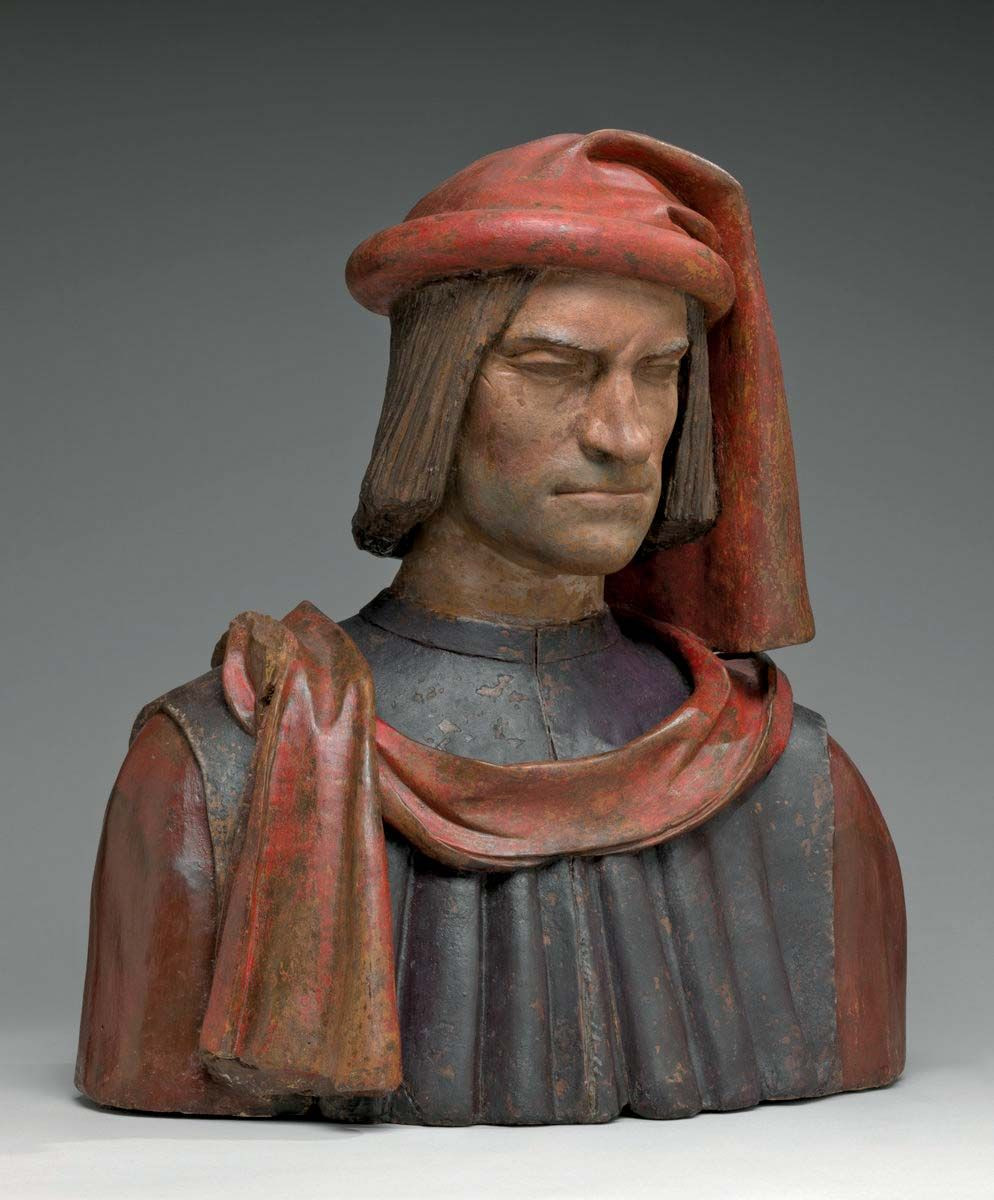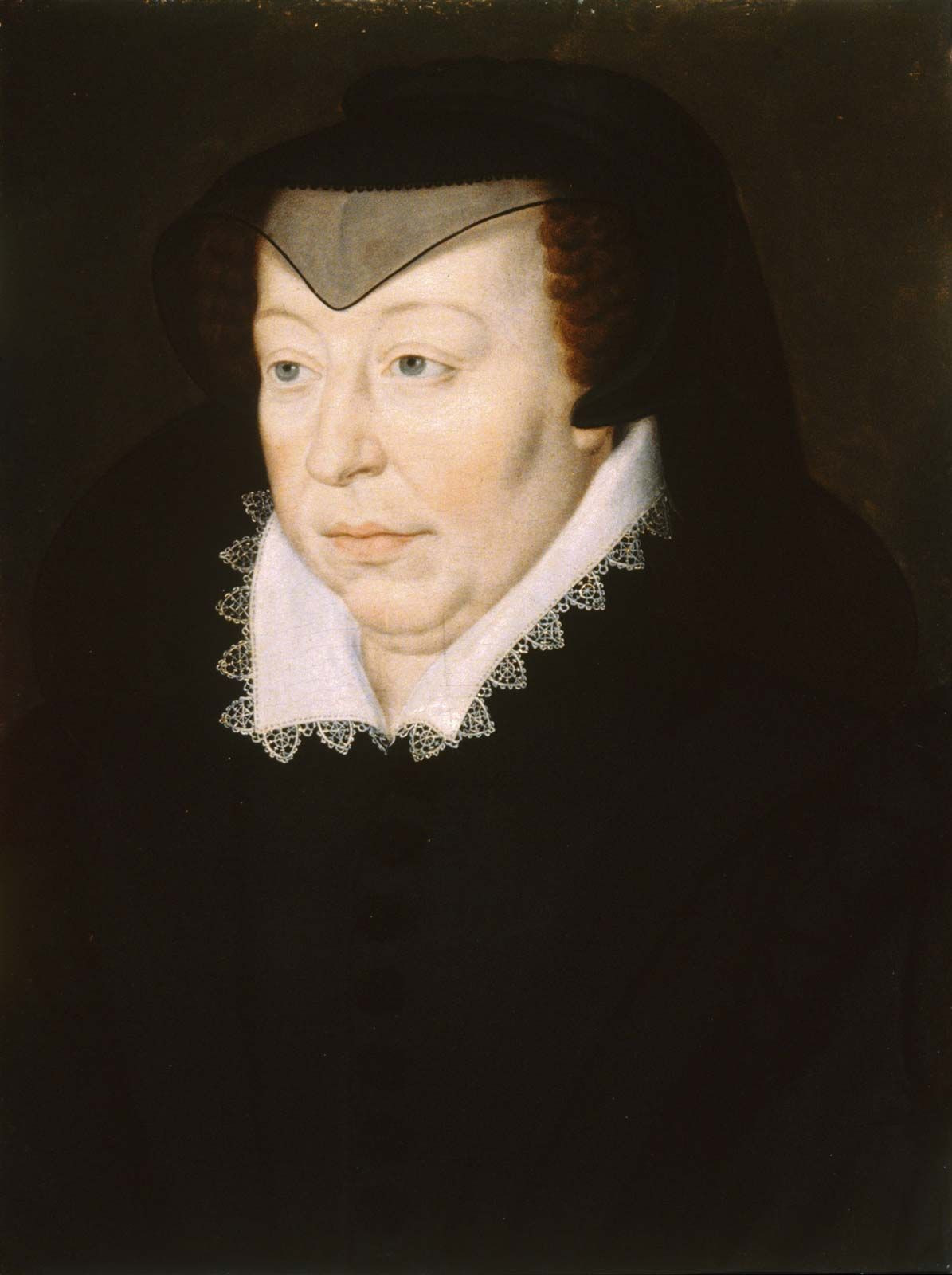The Medici family stands as one of the most influential families in European history, particularly renowned for their dominance in Florence and Tuscany during the Renaissance. Their legacy extends beyond political power, encompassing significant contributions to art, architecture, and culture. Understanding the Medici Family Tree is crucial to grasping the intricate web of relationships, alliances, and successions that defined their reign and impact on history. This family, originating from humble beginnings, rose to prominence through strategic marriages, shrewd business acumen, and an unwavering commitment to the arts, leaving an indelible mark on Italy and Europe.
Origins and Early Medici Line (Chiarissimo II Line)
The story of the Medici family begins in the Tuscan countryside, specifically in the village of Cafaggiolo in the Mugello valley. Tracing the Medici family tree reveals their peasant origins, with early members emerging from relative obscurity to seize the burgeoning opportunities of commerce in Florence during the 12th and 13th centuries. By the 14th century, the Medici were recognized among Florence’s wealthy families, although not yet in the uppermost echelons of power. This early branch of the Medici family tree, descending from Chiarissimo II, attempted to gain political control in Florence in the 14th century but ultimately faced setbacks. Despite their growing wealth and influence, this initial lineage encountered significant misfortunes between 1343 and 1393 due to their efforts to directly control the government.
Salvestro de’ Medici, grandson of Chiarissimo II, continued the family’s strategy of aligning with the popolo minuto, or common people. His election as gonfalonier in 1378, the head of the signoria (governing council), marked a moment of increased influence for this branch. Salvestro played a role in the ciompi revolt, a rebellion of lower-class artisans, leveraging the unrest to his advantage. However, the popular government’s fall in 1381 led to Salvestro’s exile. In 1393, a subsequent attempt by the popolo magro (lean people) to seize power involved Vieri de’ Medici, Salvestro’s cousin. Vieri, however, skillfully avoided involvement, and this particular branch of the Medici family tree faded from historical prominence.
The Rise to Power: Cosimo the Elder and His Descendants
A pivotal shift in the Medici family tree occurred with Averardo de’ Medici (also known as Bicci), a distant cousin of Salvestro. Averardo’s descendants initiated the lineage that would become famously known throughout history. His son, Giovanni di Bicci de’ Medici (1360–1429), is considered the founder of the Medici dynasty’s greatness. Giovanni inherited and expanded the family business, which was rooted in cloth and silk manufacturing and banking. His financial acumen and business success laid the foundation for the Medici family’s immense wealth and subsequent political ascent.
Giovanni di Bicci had two sons, Cosimo (1389–1464) and Lorenzo (1394–1440), both later known as “the Elder.” These brothers established the two primary branches of the Medici family tree that would dominate Florentine and European affairs for generations.
Cosimo de’ Medici, the elder brother, solidified the family’s political power base in Florence. While never officially holding formal titles, Cosimo skillfully navigated Florentine politics, serving on important councils and boards. His influence was such that he effectively became the uncrowned ruler of Florence, initiating the Medici principate. Cosimo’s sons were Piero (1416–69) and Giovanni (1424–63). Giovanni predeceased his father, and upon Cosimo’s death, he was posthumously honored with the title “Father of His Country,” a testament to his profound impact on Florence.
Piero di Cosimo de’ Medici succeeded his father and continued to maintain and strengthen the family’s political standing. Piero fathered two sons: Giuliano (1453–78) and Lorenzo (1449–92), who became known as Lorenzo “Il Magnifico” (The Magnificent).
Lorenzo the Magnificent and the Golden Age
Lorenzo de’ Medici, inheriting his grandfather Cosimo’s political acumen and his family’s passion for the arts, brought the Medici family and Florence to a cultural zenith. Lorenzo was a poet, a skilled statesman, and a lavish patron of artists, including Botticelli and Michelangelo. His reign is often considered the golden age of Florence, a period of unparalleled artistic and intellectual flourishing largely funded and fostered by the Medici family.
 Lorenzo de Medici bust
Lorenzo de Medici bust
Lorenzo’s children, Piero (1472–1503), Giovanni (1475–1521, later Pope Leo X), and Giuliano (1479–1516), each played significant, though contrasting, roles in the unfolding Medici family tree. Piero, inheriting power after Lorenzo, quickly alienated the Florentines by siding with the French, leading to the Medici family’s expulsion from Florence in 1494. Giovanni, then a cardinal, skillfully used his influence within the Church to pave the way for the Medici’s return to power. Giuliano, who received the French title of Duke of Nemours, had a shorter life and less direct political impact compared to his brothers.
The Papal Medici: Leo X and Clement VII
The Medici family tree intertwined dramatically with the papacy in the 16th century. Giovanni, son of Lorenzo the Magnificent, became Pope Leo X in 1513. Leo X’s papacy is remembered for its opulence and patronage of the arts, continuing the Medici tradition of cultural enrichment. However, it also coincided with the beginning of the Protestant Reformation, a challenge that Pope Leo X initially underestimated, preoccupied as he was with artistic patronage and family affairs. His focus on Rome as a cultural center rather than addressing the growing religious schism had long-lasting consequences for the Catholic Church and Europe.
Later, Giulio de’ Medici, nephew of Lorenzo the Magnificent, ascended to the papacy as Pope Clement VII in 1523. Clement VII’s papacy was marked by political turmoil, including the Sack of Rome in 1527 and complex diplomatic maneuvering amidst the ongoing conflicts between European powers. His decisions, particularly in the context of the Reformation and his shifting alliances, had significant ramifications for Italy and the broader European political landscape. Both Leo X and Clement VII represent the apex of Medici family influence, extending their reach from Florence to the highest spiritual office in Western Christendom.
Catherine de Medici and Royal Connections
The Medici family tree also branched into European royalty through strategic marriages, most notably with Catherine de Medici (1519–89). Catherine was the daughter of Lorenzo de’ Medici, Duke of Urbino, and thus a granddaughter of Piero the Unfortunate and a great-niece of Lorenzo the Magnificent. Her marriage to Henry II of France in 1533 cemented the Medici family’s connection to the French monarchy.
 Catherine de Medici portrait
Catherine de Medici portrait
As Queen of France, and later as Queen Mother and regent, Catherine de Medici became a central figure in French politics during a turbulent period marked by religious wars and dynastic struggles. She exerted considerable influence for several decades, and three of her sons became Kings of France: Francis II, Charles IX, and Henry III. Catherine’s role in French history is complex and controversial, but her lineage undeniably brought Medici influence to the heart of French power.
The Grand Dukes of Tuscany: A New Medici Dynasty
By the 16th century, the direct line of Cosimo the Elder was dwindling. To secure Medici rule in Florence, Pope Clement VII appointed Alessandro de’ Medici (reputedly his illegitimate son) as hereditary Duke of Florence in 1532, simultaneously abolishing the city’s old republican constitution. This marked a transition from the informal Medici principate to a formal hereditary dynasty.
Alessandro’s rule was autocratic and short-lived. He was assassinated in 1537 by a distant relative, Lorenzino de’ Medici. However, this did not end Medici rule. Instead, Cosimo I de’ Medici, a member of a more distant branch of the family, was chosen as the new Duke of Florence. Cosimo I proved to be a shrewd and capable ruler, consolidating Medici power and establishing the Grand Duchy of Tuscany in 1569. The Medici dynasty of Grand Dukes ruled Tuscany for nearly two centuries, until the death of Anna Maria Luisa de’ Medici in 1743, marking the end of the main Medici family line.
The Medici family tree, branching from humble Tuscan origins, blossomed into a powerful force that shaped the political, religious, and cultural landscape of Italy and Europe. From wealthy merchants and shrewd political operators to popes and queens, the Medici legacy remains a fascinating study of power, patronage, and family ambition across generations. Understanding their complex family tree is essential to appreciating their enduring impact on Western civilization.

